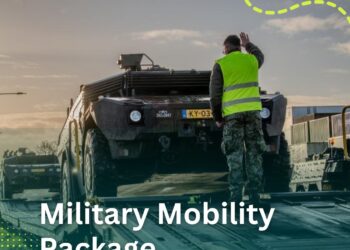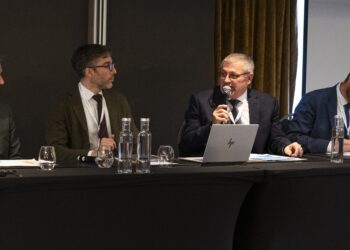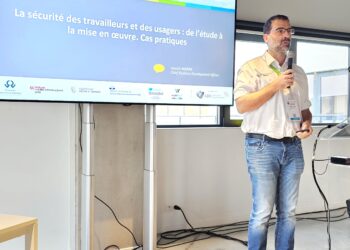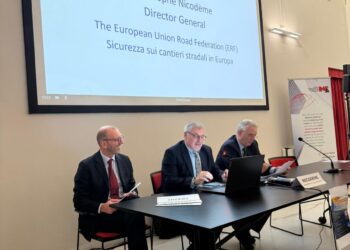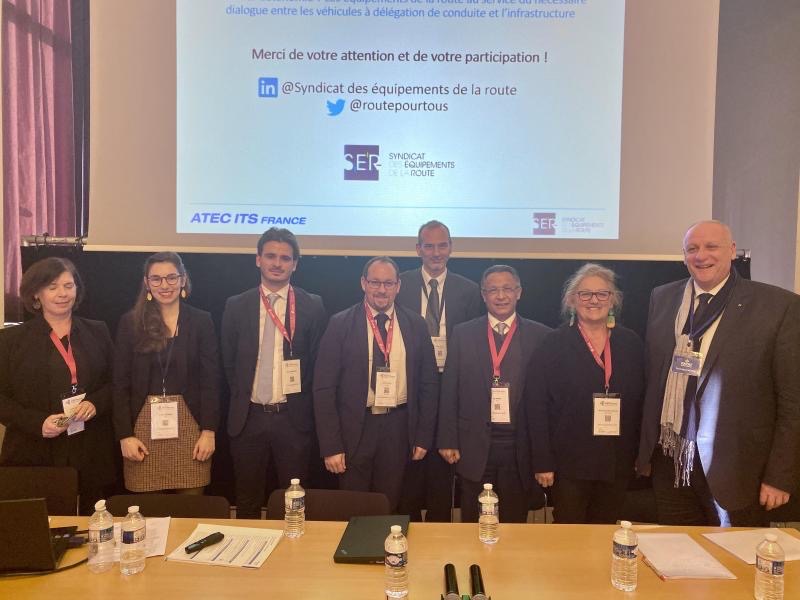
27 January 2020 | Paris, France
Invited by the SER (Syndicat des Equipements de la Route), the ERF participated to a fruitful discussion on the adaptability of the road infrastructure equipment to the autonomous vehicles, during a workshop held in the 47th ATEC ITS France Congress that took place in Paris on 22 and 23 of January.
This Congress is the largest annual event on intelligent mobility in France. The workshop brought together different actors: representatives of the French cities of Rouen and Metz, the Association for the Certification and Qualification of Road Equipment (ASCQUER), the French Centre for Studies and Expertise on Risks, Environment, Mobility and Development (CEREMA).
Simon GIANORDOLI (ERF) and Amélie Schäfer (French Federation for Public Works) presented various examples of the current evolution of road equipment in relation to new mobility in different European and Asian countries. These examples derive from the conclusions of the ongoing Benchmark Study on New Mobility that will be publicly released in the coming weeks.
This study is being conducted by ERF, Routes de France and the French Federation for Public Works in almost twenty countries around the world and aims at measuring how countries and continents are addressing the mobility revolution while assessing its impact on their road infrastructure and equipment. The preliminary results were unveiled during the World Road Congress in Abu Dhabi in October 2019.
The national reports presented during the ERF intervention concerned Sweden, Belgium, the Netherlands, China and Korea. Some trends are emerging: European countries will rather develop road equipment to accompany the deployment of autonomous cars, while Asian countries will rather try to make the car as autonomous as possible so that it becomes self-sufficient. It should be noted, however, that this is being done only in test areas under surveillance. For example, Korea has enormous equipment needs for the development of smart cities, but this is not the case on its highways. Europe is also more “cautious” than China and Korea because safety remains a priority: the trend is towards deploying infrastructure equipment to support automated vehicles. The priority for China and Korea is the development and deployment of 5G, which is changing the way equipment is designed from a technological point of view.
The roundtable provided an opportunity to express the needs and expectations of different stakeholders regarding autonomous mobility and from the point of view of infrastructure and roads.
Following the discussion, it can be noted that autonomous vehicles still raise many questions, particularly regarding the cost of connected equipment, the types of vehicles expected (collective, public, individual), their accessibility to low-density areas and the target groups for this type of mobility.
This workshop allowed the ERF to present the trends in the field of connected and autonomous mobility, and the different approaches adopted in different regions of the world.
-
Safer, Smarter Roads Discussed at the 25th Belgian Road Congress
October 10, 2025 -
ERF calls for Smarter, Safer Road Work Zones at Bologna Forum
October 9, 2025

